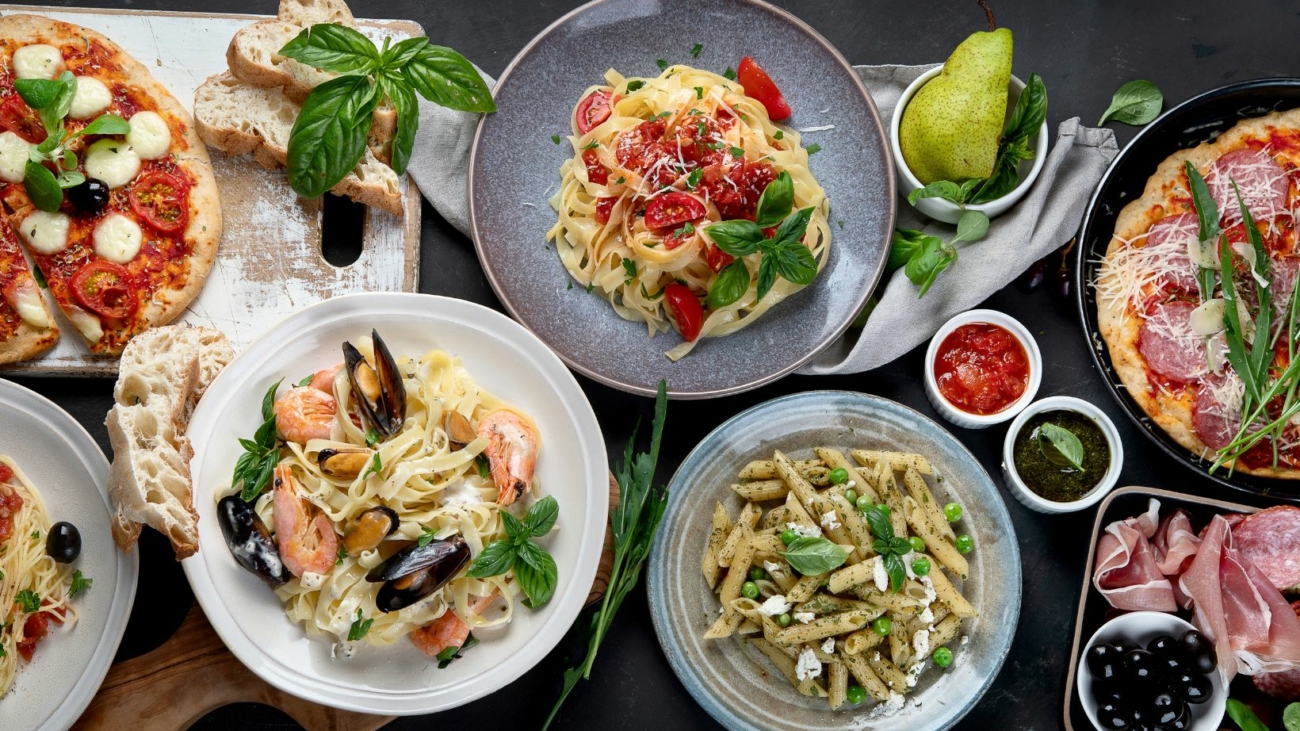Key Takeaways
- Digital Customer Journey Innovation is essential for meeting evolving customer expectations and enhancing overall satisfaction, loyalty, and business growth.
- Key Components of the customer journey include awareness, consideration, purchase, retention, and advocacy, each requiring specific strategies to optimize experiences.
- Personalization and Advanced Technologies like AI and machine learning are critical for creating tailored experiences that engage customers and drive higher conversion rates.
- Implementation Strategies should focus on assessing current journeys, defining clear objectives, leveraging technology, and maintaining consistent communication throughout the customer lifecycle.
- Performance Metrics such as Customer Satisfaction Score (CSAT) and Net Promoter Score (NPS) are crucial for measuring the success of digital customer journey innovations and identifying areas for improvement.
- Challenges such as data silos, lack of personalization, and employee resistance can hinder progress, but can be overcome through strategic planning and investment in analytics and technology.
In today’s fast-paced digital landscape, businesses must adapt to ever-evolving customer expectations. Digital customer journey innovation is at the forefront of this transformation, enabling brands to create seamless and engaging experiences that resonate with their audience. Companies that embrace this innovation not only enhance customer satisfaction but also drive loyalty and growth.
By leveraging advanced technologies and data analytics, organizations can map out the customer journey more effectively than ever. This approach allows them to identify pain points and opportunities for improvement, ultimately leading to a more personalized experience. As competition intensifies, understanding and optimizing the digital customer journey becomes crucial for sustained success in the marketplace.
Digital Customer Journey Innovation
Digital customer journey innovation focuses on enhancing customer experiences within the digital landscape. This process involves leveraging technologies to create more effective interactions between businesses and consumers.
Definition and Importance
Digital customer journey innovation refers to the continuous improvement of the interactions customers have with a brand throughout their buying journey. It encompasses every touchpoint, from awareness to post-purchase engagement. This innovation is crucial because it addresses customer expectations for personalized, efficient experiences. By adapting strategies to meet these needs, businesses can improve customer satisfaction and loyalty, ultimately driving growth and maintaining a competitive edge.
Key Components of the Journey
- Awareness: Consumers discover products or services through online channels, requiring effective SEO and content marketing strategies.
- Consideration: Customers evaluate options by accessing comparisons, reviews, and testimonials to inform their decisions.
- Purchase: A seamless and secure transaction process enhances usability and reduces cart abandonment rates.
- Retention: Post-purchase communication, including follow-ups and loyalty programs, fosters long-term relationships.
- Advocacy: Satisfied customers share their experiences, leading to referrals and organic growth through word-of-mouth.
These components work together to create a comprehensive view of the customer journey, enabling businesses to pinpoint areas for enhancement and implement innovative solutions.
Trends in Digital Customer Journey Innovation
Digital customer journey innovation is evolving rapidly, driven by the need for businesses to offer unique and tailored experiences. Key trends in this area focus on personalization and the adoption of advanced technologies.
Personalization and Customization
Personalization enhances customer engagement through tailored experiences. Brands collect and analyze customer data to create profiles that reflect preferences and behaviors. Targeted marketing campaigns utilize this information, encouraging higher conversion rates. For instance, businesses that use personalized email content see a 29% increase in open rates. Customization allows customers to shape their interactions, enhancing satisfaction. Options like product configuration and curated recommendations showcase the benefits of meeting individual needs.
Leveraging AI and Machine Learning
AI and machine learning play pivotal roles in optimizing the digital customer journey. These technologies analyze vast amounts of data to identify patterns, enabling real-time recommendations and automation. Companies using AI chatbot solutions provide 24/7 support, addressing customer inquiries instantly. Machine learning algorithms predict customer behavior, allowing brands to proactively engage users at critical touchpoints. For example, predictive analytics can forecast churn risk, helping retain customers with tailored interventions. Embracing these technologies significantly boosts the efficiency and effectiveness of customer interactions.
Implementing Digital Customer Journey Innovations
Implementing digital customer journey innovations requires a strategic approach focused on enhancing customer experiences across all touchpoints. By following a structured methodology, businesses can optimize their efforts for maximum impact.
Steps for Effective Implementation
- Conduct a Comprehensive Assessment: Evaluate the current customer journey using data analytics and feedback. Identify pain points and areas needing improvement to prioritize focus areas.
- Define Clear Objectives: Establish specific goals aligned with overall business strategies. Objectives should target enhancing personalization, reducing friction, and increasing customer satisfaction.
- Leverage Advanced Technologies: Utilize AI, machine learning, and data-driven insights to personalize experiences at scale. Implement chatbots, recommendation engines, and automation tools to streamline interactions.
- Create Seamless Integration: Ensure that all digital touchpoints, including websites, mobile apps, and social media platforms, provide a consistent and cohesive experience. Integrate systems to facilitate data sharing across channels.
- Engage Customers Throughout the Journey: Develop tailored communication strategies for each stage of the journey. Utilize email campaigns, push notifications, and personalized content to maintain engagement.
- Train Staff and Adapt Culture: Provide training for employees on new technologies and customer interaction strategies. Cultivate a customer-centric culture that emphasizes the importance of innovation in enhancing the customer experience.
- Iterate and Optimize: Continuously monitor customer interactions and gather feedback. Regularly revisit and refine processes based on performance data and evolving customer needs.
Measuring Success and Performance Metrics
Evaluating the effectiveness of digital customer journey innovations involves specific performance metrics and KPIs. Tracking these indicators helps businesses gauge success and identify improvement areas.
- Customer Satisfaction Score (CSAT): Measures overall customer satisfaction with specific interactions or the entire journey.
- Net Promoter Score (NPS): Assesses customer loyalty and likelihood of recommending the brand to others.
- Customer Retention Rate: Tracks the percentage of customers who continue to engage with the brand over a defined period.
- Conversion Rate: Evaluates the effectiveness of each touchpoint in converting prospects to customers throughout the buying process.
- Average Order Value (AOV): Monitors the average revenue generated per transaction, indicating the impact of personalized experiences and upselling efforts.
- Engagement Metrics: Analyzes user behavior across digital platforms, including click-through rates, time spent on pages, and social media interactions.
- Churn Rate: Measures the percentage of customers who stop interacting or purchasing from the brand, highlighting areas for retention improvement.
Tracking these metrics provides a comprehensive understanding of the digital customer journey’s success and informs future innovations.
Challenges in Digital Customer Journey Innovation
Digital customer journey innovation faces several challenges that can hinder progress. Understanding these obstacles and implementing effective strategies is essential for businesses aiming to enhance customer experiences.
Common Obstacles
- Data Silos
Data silos occur when customer information is stored in separate systems, limiting visibility and insights across the customer journey. This fragmentation prevents businesses from gaining a holistic view of customer interactions.
- Lack of Personalization
Many brands struggle to deliver personalized experiences due to insufficient data or unclear customer profiles. Without precise insights into customer preferences, tailored engagement becomes challenging.
- Technological Integration
Integrating new technologies with existing systems can pose difficulties. Incompatibilities and complexities in connecting platforms can disrupt the seamless experience that customers expect.
- Employee Resistance
Not all employees embrace change, especially when new technologies or processes are introduced. Resistance can delay implementation and reduce the effectiveness of customer journey innovations.
- Resource Limitations
Limited budgets and manpower can restrict an organization’s ability to invest in advanced tools and strategies necessary for enhancing the digital customer journey.
Strategies to Overcome Challenges
- Centralize Data
Centralizing data from various sources ensures a unified view of customer interactions. Using a customer relationship management (CRM) system aids in breaking down silos and improving data access.
- Invest in Analytics
Using advanced analytics tools allows businesses to better understand customer behavior and preferences. Robust analytics enhance personalization efforts, leading to improved engagement.
- Prioritize Integration
Selecting compatible technologies and employing middleware solutions facilitates seamless integration. Consistent updates and testing ensure that all systems work together effectively.
- Foster a Change-Ready Culture
Training programs and open communication foster a culture that embraces innovation. Involving employees in the innovation process can reduce resistance and enhance collaboration.
- Allocate Resources Strategically
Organizations should prioritize investments in critical areas of the customer journey. By focusing on high-impact initiatives, businesses can maximize their return on innovation efforts.
Future of Digital Customer Journey Innovation
The future of digital customer journey innovation hinges on leveraging emerging technologies and anticipating evolving market trends. Businesses that embrace these advancements can significantly enhance customer experiences and stay ahead of the competition.
Emerging Technologies
Emerging technologies play a crucial role in transforming the digital customer journey.
- Artificial Intelligence (AI): AI algorithms analyze customer data, delivering personalized recommendations and automating interactions, thus increasing efficiency.
- Machine Learning: Machine learning models adapt to customer behaviors over time, optimizing recommendations and improving customer engagement through predictive analytics.
- Augmented Reality (AR): AR creates immersive experiences, allowing customers to visualize products in their environment before making purchases, enhancing decision-making.
- Blockchain: Blockchain technology ensures transparency and security in transactions, building trust and loyalty among customers.
- Chatbots: AI-driven chatbots provide 24/7 customer support, addressing inquiries instantly and improving overall satisfaction.
These technologies contribute to creating frictionless experiences at every touchpoint in a customer’s journey.
Predictions and Opportunities
Predictions highlight several opportunities for businesses engaging in digital customer journey innovation.
- Increased Personalization: Businesses will implement more sophisticated AI tools, enabling hyper-personalized experiences that cater to individual preferences while boosting engagement.
- Omni-Channel Experiences: A seamless integration of multiple channels will be vital, allowing customers to transition smoothly between digital and physical touchpoints.
- Sustainability: Brands prioritizing sustainability in their customer journeys will resonate with eco-conscious consumers, fostering loyalty and driving growth in this demographic.
- Enhanced Data Analytics: Advanced data analytics platforms will equip businesses with deeper insights, allowing proactive adjustments to customer journeys based on real-time feedback.
- Customer-Centric Cultures: Fostering a customer-first approach throughout the organization will empower teams to enhance every aspect of the customer journey, increasing satisfaction and advocacy.
Businesses that proactively adapt to these predictions and seize emerging opportunities will lead in creating innovative customer journeys that resonate with their audiences.
Digital Customer Journey Innovation
Digital customer journey innovation is no longer optional; it’s a necessity for businesses aiming to thrive in a competitive landscape. By embracing advanced technologies and prioritizing personalization, companies can create engaging experiences that resonate with customers at every touchpoint.
As the market continues to evolve, staying ahead means continuously refining strategies and leveraging insights from performance metrics. Addressing challenges like data silos and technological integration will further enhance the customer experience.
The future promises exciting advancements in customer journey innovation. Businesses that adapt to these trends will not only meet customer expectations but also foster loyalty and drive sustainable growth. Embracing this journey is essential for long-term success.



